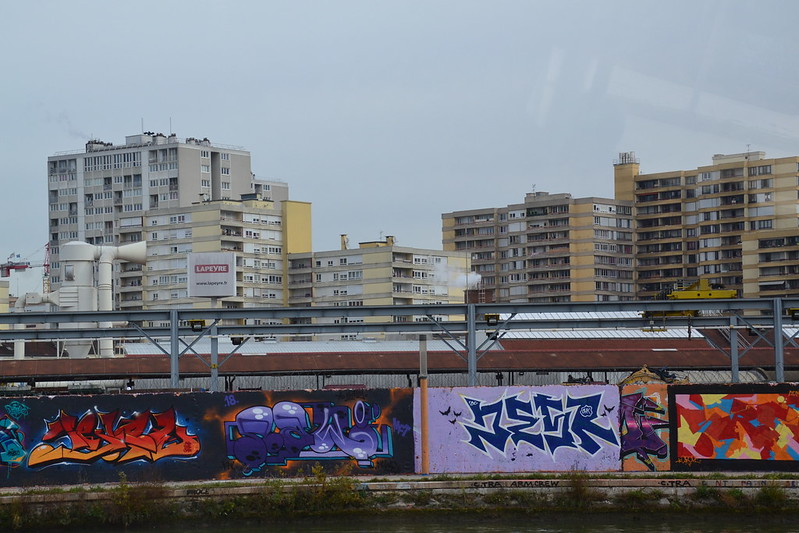 Despite Nigeria’s rich natural and human resources, including crude oil, coal, marble and gold, poverty remains one of the most pressing challenges. According to a National Bureau of Statistics (NBS) report, 40.1% of the population lives in poverty. This statistic indicates that, on average, four out of 10 individuals in Nigeria have real per capita expenditures that fall below $87.47 annually. Consequently, this translates to more than 82.9 million Nigerians considered poor by national standards.
Despite Nigeria’s rich natural and human resources, including crude oil, coal, marble and gold, poverty remains one of the most pressing challenges. According to a National Bureau of Statistics (NBS) report, 40.1% of the population lives in poverty. This statistic indicates that, on average, four out of 10 individuals in Nigeria have real per capita expenditures that fall below $87.47 annually. Consequently, this translates to more than 82.9 million Nigerians considered poor by national standards.
However, with a strategic vision and well-defined government policies, ending poverty in Nigeria by 2050 is achievable. Collaborative efforts from the Nigerian populace will also play a crucial role. This goal is essential for achieving sustainable development.
Root Causes of Poverty in Nigeria
The root causes of poverty in Nigeria include:
- Economic Underdevelopment and Lack of Diversification. Nigeria’s economy is predominantly dependent on oil, which has resulted in a significant lack of diversification and heightened vulnerability to global price fluctuations. This over-reliance on a single commodity stifles job creation and economic growth, ultimately affecting the overall standard of living for the population.
- Corruption. Corruption remains a major obstacle to development in Nigeria, costing the country $550 billion since independence. According to Transparency International’s 2023 Corruption Perceptions Index, Nigeria ranked 145th out of 180 countries, reflecting persistent governance challenges. Corruption undermines public service delivery, diverts infrastructure, health and education funds and worsens poverty by restricting access to basic services.
- Income Inequality. Income inequality in Nigeria remains a pressing issue, with the top 10% earning 14 times more than the bottom 50%. Nigeria’s Gini coefficient of 35.1 reflects a significant disparity in wealth distribution. This inequality limits social mobility and access to opportunities, reinforcing poverty, especially in rural areas.
Policy Initiatives to End Poverty in Nigeria
The Nigerian government has developed a strategic vision and key policy initiatives to end poverty in Nigeria. This includes a minimum wage increase from $19.23 to $44.86 in 2024 for those in the formal sector. This policy is designed to enable workers to afford essential needs, particularly in light of rising prices.
Similarly, collaborative initiatives, such as the Three Million Tech Talents (3MTT) initiative, represent a proactive approach by the Nigerian government to cultivate a generation of tech-savvy youth. This program empowers young individuals, particularly in the technology and creative industries. It fosters strategic partnerships with international organizations and the private sector. These efforts are aimed at ending poverty in Nigeria by the year 2050.
Final Remarks
Current economic conditions, characterized by inflation, a high cost of living, increased electricity tariffs and rising prices, have significantly weakened the impact of the wage increase. Additionally, minimum wage laws mainly apply to formal sector workers. This leaves much of the informal workforce uncovered, limiting the overall effectiveness of the policy. Therefore, ending poverty in Nigeria requires effectively enforcing the proposed minimum wage increase across both formal and informal sectors.
– Damilola Bukola Omokanye
Damilola is based in Abuja, Nigeria and focuses on Good News for The Borgen Project.
Photo: Pexels
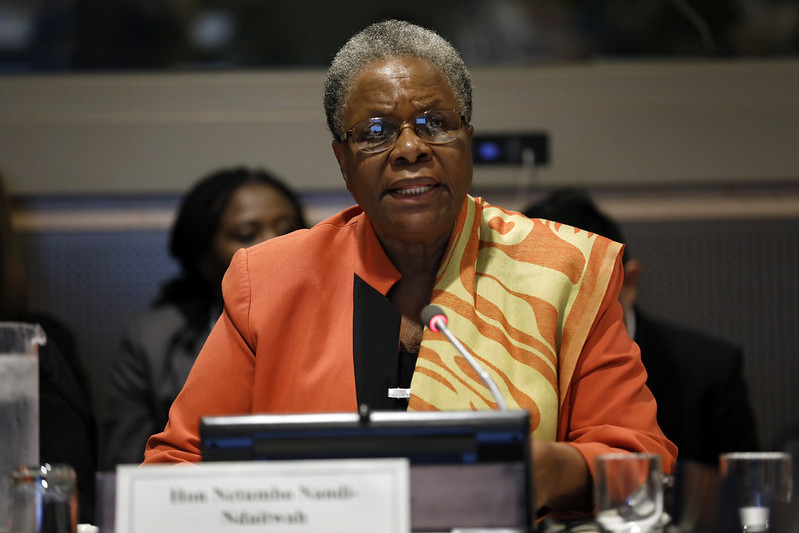 Namibia has made significant progress in
Namibia has made significant progress in 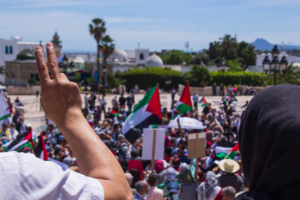
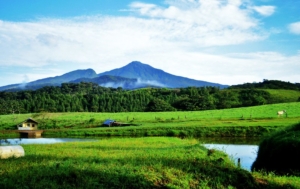 In many respects,
In many respects, 
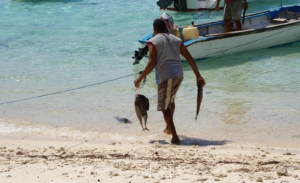 Those experiencing poverty in Seychelles live on less than $6.85 a day, which was estimated to be nearly
Those experiencing poverty in Seychelles live on less than $6.85 a day, which was estimated to be nearly 
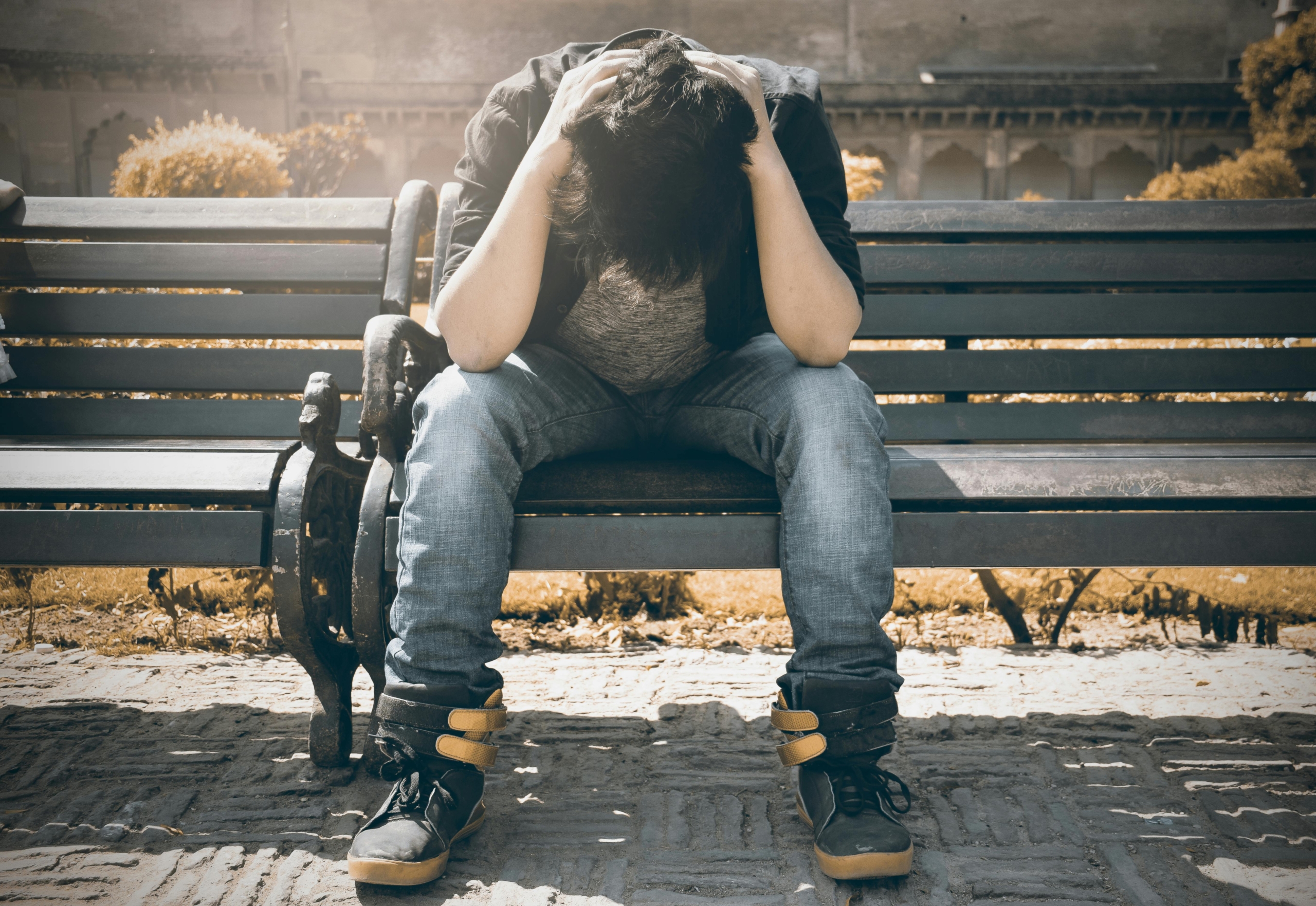
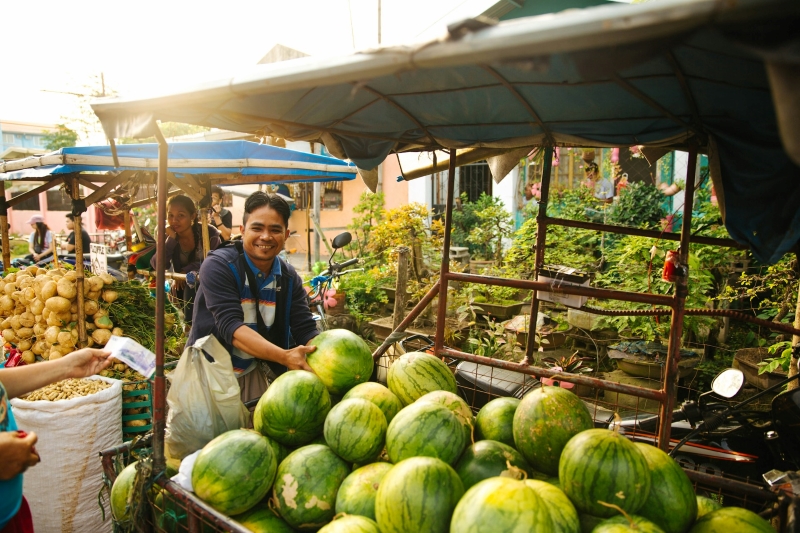 Inequality is a key barrier to success for many residents of the
Inequality is a key barrier to success for many residents of the 